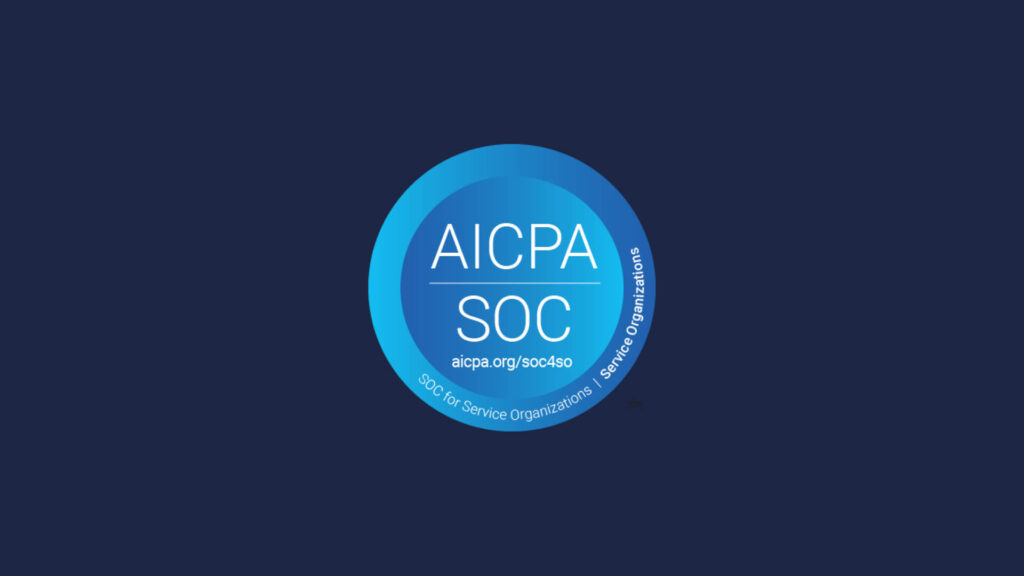The tools available to manage bill payment set people up for failure.
In a rapidly evolving world, you would expect something as digital as paying a bill to be easily automated and out of sight. And for the top 10% it is. Everything is fine if you can park $5,000 in your checking account.
But 54% of Americans live paycheck to paycheck, (according to research conducted by LendingClub Corporation and PYMNTS). For these people, or most everyone else, paying bills remains one of the most stressful and time consuming tasks.
Paying bills on time has a large impact on a person’s future. It is not just about avoiding fees — credit scores are essentially report cards on paying bills on time. The more bills are paid on time without mistakes, the better the score. The better the score, the more access to credit. And that can make a big difference in people’s daily lives.
BillGO and Aite report that of the 15.5 billion bills paid in a year, 10 billion are paid one at a time. Some are still paid by writing checks, but most are paid by logging into a bank or biller and authorizing the payment. Why are people stuck doing this chore while everything else is becoming better automated?
For those living paycheck to paycheck, before the next payday, the checking account balance is near zero. An automatic debit that hits on one of those days results in either an overdraft or a late fee. After getting burned by fees that they can’t afford, people resort to paying bills manually.
Recent trends are not solving the problem
There is a lot of innovation happening in the world of fintech, but nothing exists that can meaningfully help people manage their bills. Most of the headline trends in fintech are making things worse, not better.
– Buy Now Pay Later (BNPL): Easy way to buy things on credit (often without paying interest) but each single purchase now becomes multiple bill payments to manage. It’s not surprising that 34% of BNPL users have missed a payment on their BNPL, according to Credit Karma, and likely have many more missed payments on other bills.
– Neobanks: Neobanks don’t charge overdraft fees and some offer small $100–200 loans which can help pay bills in a crunch. Good things! But not charging overdraft fees means payments are simply declined, risking late fees instead. Payment rates from these customer accounts are so poor that some billers and lenders refuse to accept them.
– Subscriptions: They exist for about any item you can think of. Each one is another bill to add to the list.
– Earned Wage Access (EWA): When free this is clearly a win for consumers. Earnin, along with other industry partners, discovered 92% of consumers reported EWA helped them pay bills on time. However, access to an extra $100–200 only solves small problems, and more should be done to help customers get ahead.
– Real Time Payments: A big topic among bankers, the ability to send money instantly means faster confirmation that a manually paid bill arrived. That’s a good thing, but it’s about 10 years behind basic customer expectations.
It is hard to see consumers getting a better control over their finances on the current path.
What’s needed in new solutions
There are no winners in today’s construct. Every year consumers pay billions in overdraft and late fees. Banks lose $60B+ every year in unpaid debts, and billers spend billions trying to collect and lose millions of customers.
Out of everyone, consumers are losing the most. Missed payments spiral into collections, credit reports are ruined and these customers pay more, or are denied service, for credit, rent, and other foundational needs. This is a widespread issue, with half of the country having a subprime credit score or no credit score at all.
This problem can be solved. If we can automate cars to drive then we can automate bills to be paid. The current bill pay solutions are more like today’s car cruise control; yes it’s partially automated, but you can’t take your eyes off the road. Consumers need to be able to set it and forget it for bills, without fear of overdrafts or late fees. That automation also unlocks a low cost onramp to building credit based on the quality of someone’s career.
We believe the solution lies in managing money from the source: income. We’ve seen this approach work well for allocating 401k and salary-linked loan payments. What if there was a similar approach to facilitating bill payment? An ideal solution would:
– Automatically reserve money as it’s earned for paying bills, more like a 401k.
– Enable seamless access to earned wages or low cost credit to help through inevitable variability in income and expenses.
– Drive savings habits to get ahead of future challenges.
If you are interested in being part of this solution, please do reach out!



